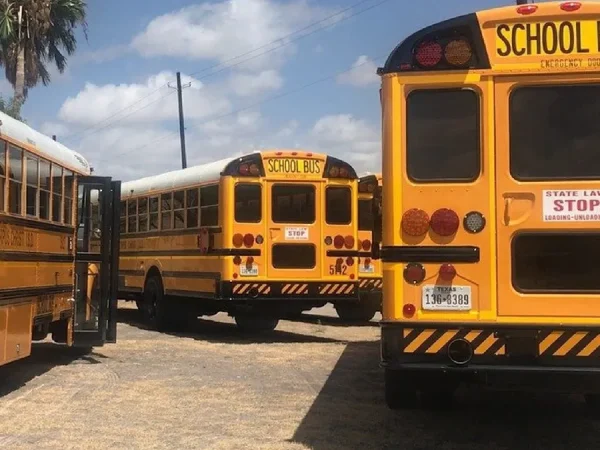Why middle school education matters in a high school setting
With so much emphasis on future college education, most students, parents and even teachers seem to glance over the idea that middle school education has a large impact in the grand scheme of education. Yet, the skills learned in middle school are especially pertinent to making that first leap into high school, a life-changing experience for many people.
From middle school, there are several indicators that mark future success and failure in high school. According to ccrscenter.org, middle school attendance rates have a positive relationship with on-time high school graduation. Further, exceeding the critical threshold of a one-to-five absences-to-attendance ratio in middle school puts a student at higher risk of failing grades and missing out on core course knowledge. Also according to ccrscenter.org, passing more advanced courses available in middle school, such as Algebra 1, can increase a student’s knowledge base for high school. This is important for scores on school assessments, as they measure a student’s aptitude for future success. This does come with caveats, as these tests can become stressful for students, risking failure and inaccuracies in their overall score.
“I took Algebra 2 in middle school,” states sophomore Aiden Dullaghan. “Being in SMCS, I have to know the basics of math, because math builds on past math.”
There are non-academic trends in middle school that also predict high school success. According to nih.gov, self-confidence is associated with higher academic thinking. Student’s self-confidence is observed to be at its highest in middle school, an opportune time to prepare young minds for advanced coursework. Unfortunately, there are also negative trends. According to greatmiddleschools.org, a failing grade in mathematics or an unsatisfactory behavior mark in middle school can indicate a roughly 15-20 percent chance of high school graduation for a student. This is crucial at the middle school level because it makes room not only for improvement, but it also warns of high school-bound students’ weaknesses. Furthermore, from getschooled.com, students can display considerable growth and decline in grades between fifth and eighth grade, providing means for the fluctuating grades trend.
“In high school, eleventh grade was the hardest for me due to having taken four AP (Advanced Placement) courses,” voices senior Ben Kovich. “Middle school was much easier, which enabled me to achieve better grades.”
Middle school also provides students with the ability to learn new study methods in order to prepare for studying in high school. According to thoughtco.com, beginning to practice the skill of note-taking is important, alongside creating flashcards for vocabulary words and key concepts. While this practice might seem to be at an early level, beginning to rehearse these skills in middle school will better suit the student for pursuing high school. If students struggle with keeping focus or have dyslexia, middle school is also the best time to find methods to alleviate or better fit these challenges. According to ccrscenter.org, critical thinking is at its peak in middle school, allowing students to make informed decisions through social and emotional learning. This category of learning also encompasses expressing appropriate classroom emotion, knowing that students can seek help, and solving problems directly.
“For students in middle school, I think hands-on activities, discussions and methods that are really engaging helps most students (of all ages) to remember the material better,” claims PHS science teacher Erin Binns. “There’s a push at the middle school level to have more of these learning experiences.”
As students make the final push into high school, skills and knowledge from middle school will guide them into career pathways and other opportunities in life effectively. In terms of high school, this is why a primary education is influential in establishing future connections and success.

Elijah Matlock is a Senior in the Global Ecology Program. When it comes to writing, he is always interested in the latest chit-chat. From movie criticisms,...








